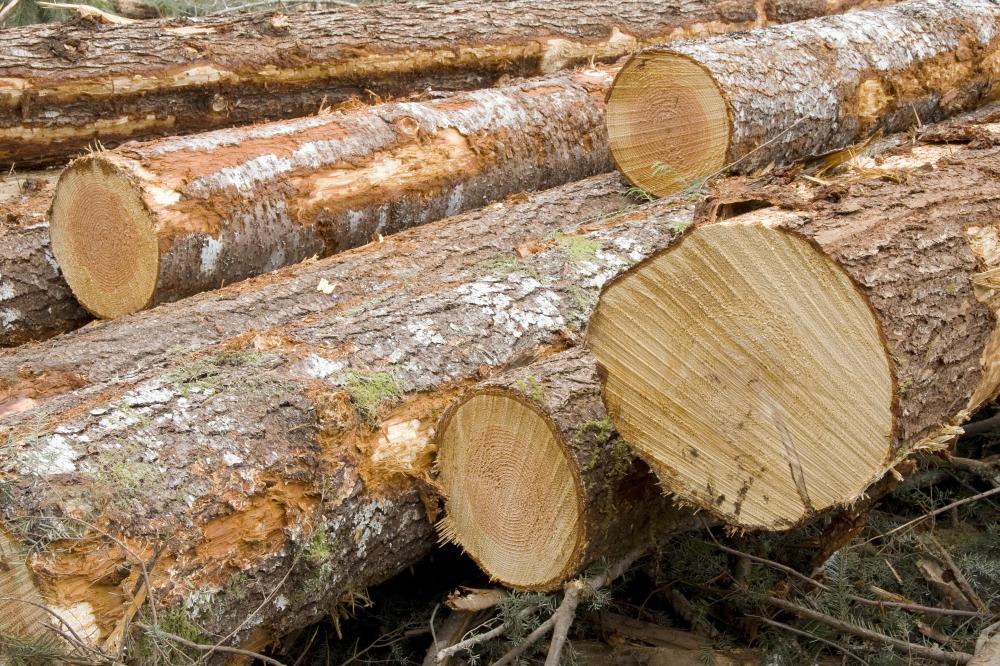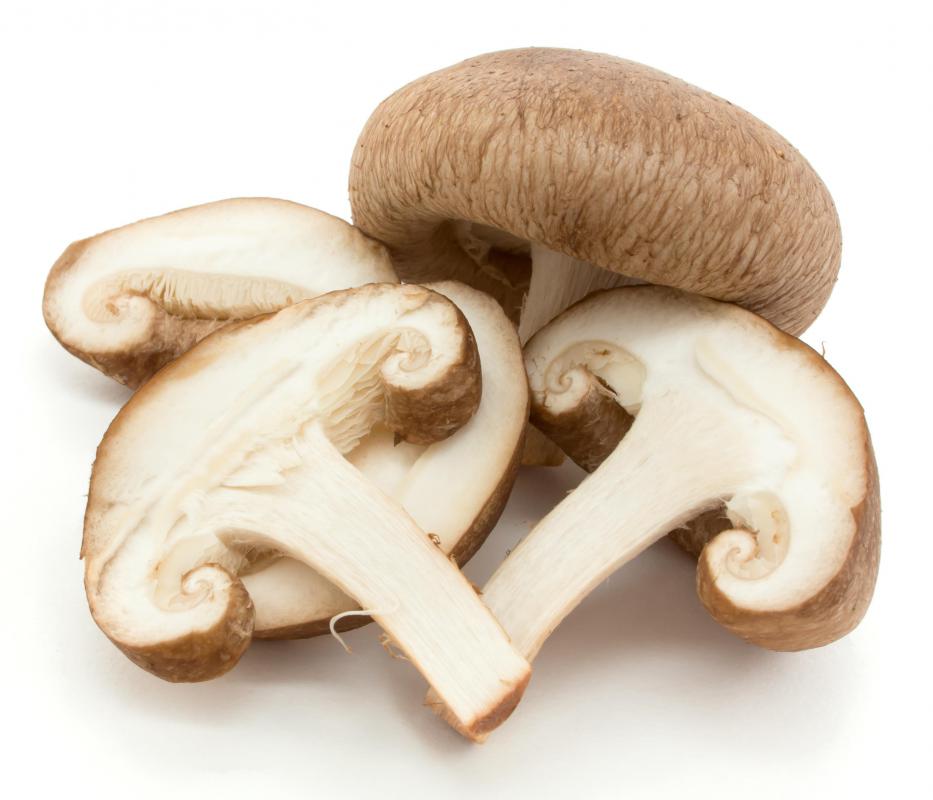At AllThingsNature, we're committed to delivering accurate, trustworthy information. Our expert-authored content is rigorously fact-checked and sourced from credible authorities. Discover how we uphold the highest standards in providing you with reliable knowledge.
What is Agroforestry?
Agroforestry is a type of land management in sustainable agriculture that combines traditional agricultural activities with forestry practices. Benefits of agroforestry include increasing and/or diversifying farm income, as well as improving soil and water quality and reducing erosion and flood damage. Major practices used in agroforestry include alley cropping, forest farming, riparian buffers, silvopasture, and windbreaks.
Alley cropping is a practice where an agricultural crop is grown between widely spaced rows of trees in order to either protect the crop or conserve the soil. Crops often used in alley cropping include wheat, corn, and soybeans. Hardwood trees are most often planted between the crops, though nut trees may also be used.

Forest farming is the practice of growing high-value specialty crops under a forest canopy. The forest canopy is modified to provide the correct level of shade to protect the particular crop being grown. Common crops produced in forest farming include ginseng, shiitake mushrooms, and decorative ferns. Forest farming may also provide habitat areas for certain types of wildlife. The trees in this type of agroforestry are most often hardwood.

A riparian buffer zone is an area of forest grown around a river or stream. Riparian buffers reduce the amount of pollutant runoff from surrounding lands that reaches the river, and also help control bank erosion and provide habitat for wildlife. Buffer zones may be naturally occurring or purposefully planted.
Silvopasture is the combination of trees with pasture for livestock. The trees provide shade for the livestock, as well as another source of income for the farm. Generally, silvopastures are planted with some type of grass or legume for the livestock, and the trees are used for hardwood or as Christmas trees. Nut or fruit orchards may also be used as silvopastures.

Windbreaks are linear rows of trees and/or shrubs that may be used in both crop and livestock production. Their purposes may be any combination of protection from winds, reduction of erosion, and enhancement of production. Windbreaks may also serve as snow fences during the winter.
Almost any type of crop or livestock production may benefit from agroforestry practices. The types of trees used in agroforestry vary, but they are usually chosen to provide benefits beyond simple protection of the crop or livestock. Tree types may be chosen to produce a market product, such as fruits, nuts, or timber, or types may be chosen that provide fodder to livestock or that help to keep the soil healthy.
Frequently Asked Questions
What is agroforestry and how does it differ from traditional agriculture?
Agroforestry is a land use management system that integrates trees, crops, and sometimes livestock on the same plot. Unlike traditional agriculture, which often focuses on a single crop, agroforestry promotes biodiversity, enhances soil health, and provides various ecosystem services such as carbon sequestration. It creates a more sustainable and resilient agricultural system by mimicking natural ecosystems.
What are the main types of agroforestry systems?
There are several types of agroforestry systems, including silvopasture (combining trees with livestock grazing), alley cropping (planting crops between rows of trees), forest farming (cultivating shade-tolerant crops under the canopy of trees), and riparian buffers (trees planted along waterways to prevent erosion and protect water quality). Each system is designed to optimize the interactions between different components for ecological and economic benefits.
How does agroforestry benefit the environment?
Agroforestry provides numerous environmental benefits. It enhances biodiversity, improves soil fertility and structure, and reduces erosion. Trees in agroforestry systems can sequester significant amounts of carbon, contributing to climate change mitigation. According to the World Agroforestry Centre, agroforestry can store over 34 gigatonnes of carbon in its biomass. Additionally, it supports water conservation and quality, creating a healthier ecosystem overall.
Can agroforestry be economically viable for farmers?
Yes, agroforestry can be economically viable. It diversifies farmers' income sources through the production of multiple products, such as timber, fruit, and fodder, alongside traditional crops. This diversification can reduce financial risk and increase resilience to market fluctuations. Moreover, agroforestry systems can reduce input costs by improving soil fertility and providing natural pest control, enhancing long-term profitability.
What role does agroforestry play in food security?
Agroforestry plays a significant role in food security by diversifying production, which can lead to a more varied and nutritious diet. It also increases the resilience of food systems to climate change by maintaining agricultural productivity in the face of extreme weather events. By improving soil health and water availability, agroforestry ensures the sustainability of food production systems for future generations.
How can agroforestry practices be implemented in urban areas?
Agroforestry can be adapted to urban environments through practices like urban food forests, where trees and plants are grown in public parks for community use, and edible landscaping, which incorporates fruit and nut trees into city planning. These practices not only provide fresh produce but also contribute to urban biodiversity, improve air quality, and enhance the aesthetic value of cityscapes.
AS FEATURED ON:
AS FEATURED ON:













Discuss this Article
Post your comments